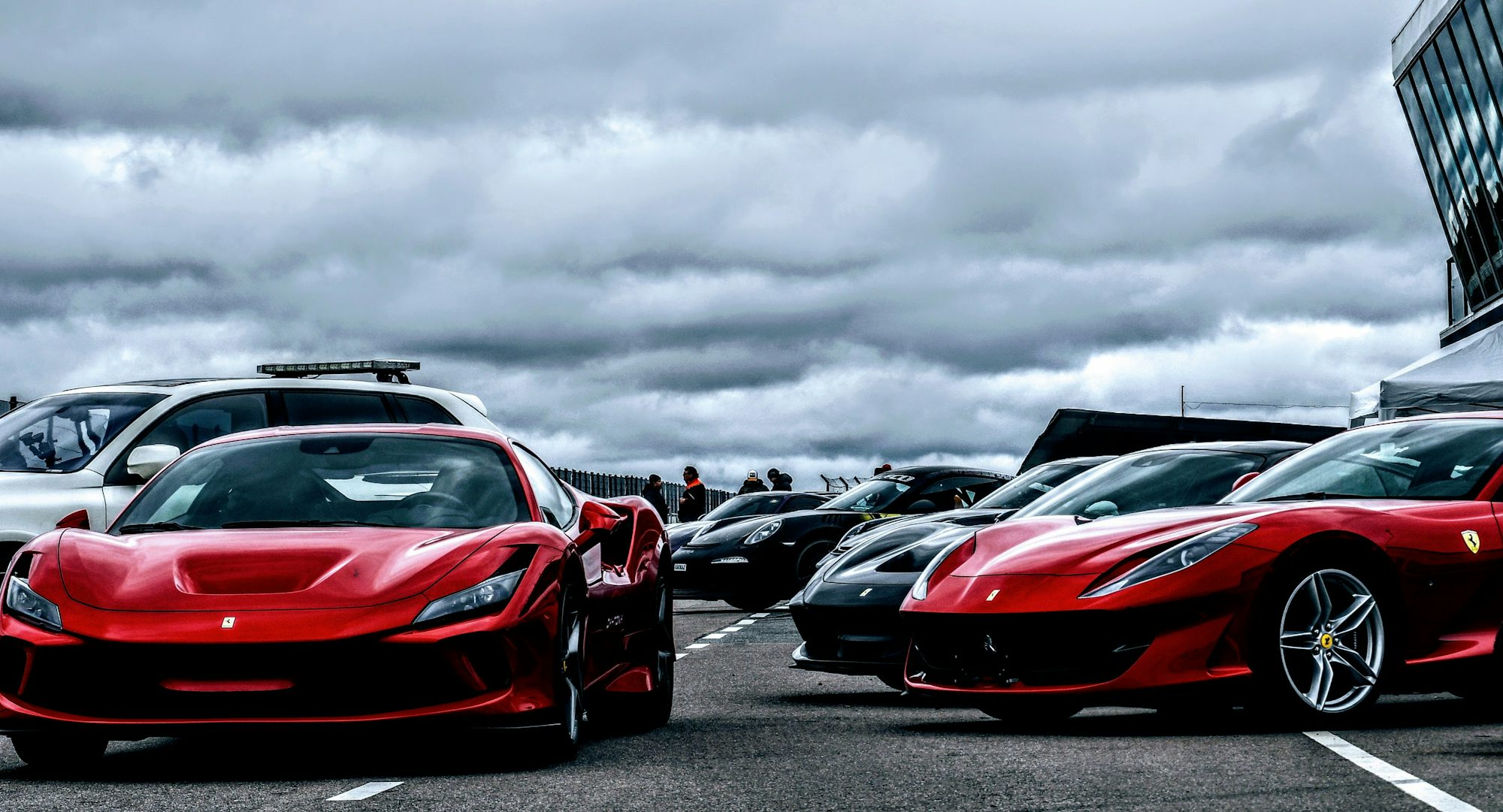
Supercars are more than just high-performance vehicles; they are masterpieces of engineering and design that embody the spirit of innovation. Each supercar represents a unique blend of art and science, where aesthetics meet cutting-edge technology to create machines capable of astonishing speed and performance. In this article, we will delve into the essential elements of supercar design, exploring how manufacturers push the boundaries of creativity and engineering to produce some of the most iconic vehicles in the world. The journey of supercar design begins with an understanding of aerodynamics. The shape of a supercar is meticulously crafted to minimize drag and maximize downforce, ensuring that the vehicle remains stable at high speeds. Designers employ advanced computational fluid dynamics (CFD) to analyze airflow over the car's body, making adjustments to improve performance. This attention to aerodynamic detail can be seen in models like the McLaren P1, which features sleek lines and an adjustable rear wing that enhances downforce during acceleration. Another crucial aspect of supercar design is the choice of materials. Lightweight materials such as carbon fiber and aluminum are favored to reduce weight without compromising structural integrity. This approach not only enhances speed and handling but also contributes to fuel efficiency. The use of carbon fiber, in particular, has become a hallmark of high-performance vehicles. The Ferrari LaFerrari, for example, employs extensive carbon fiber construction to achieve a remarkable power-to-weight ratio, allowing it to deliver exhilarating performance on the track. Engine placement and powertrain technology are equally vital components of supercar design. Many manufacturers adopt a mid-engine layout, which provides optimal weight distribution and handling characteristics. This configuration allows for better cornering stability and responsiveness. The Lamborghini Huracán exemplifies this design philosophy, featuring a mid-mounted V10 engine that delivers a thrilling driving experience. Additionally, advancements in hybrid and electric technology have revolutionized the powertrain landscape, allowing manufacturers to produce vehicles that are both powerful and efficient. The Porsche 918 Spyder, for instance, combines a naturally aspirated V8 engine with electric motors, creating a harmonious blend of performance and sustainability. The interior design of supercars also reflects the commitment to excellence. High-quality materials, ergonomic layouts, and cutting-edge technology create an immersive driving environment. Manufacturers pay close attention to details, ensuring that the driver feels connected to the vehicle. The Aston Martin DBS Superleggera features luxurious leather upholstery and a user-friendly infotainment system, combining comfort with advanced technology. The focus on the driver’s experience is paramount, as supercars are designed to provide an exhilarating yet comfortable ride. As we explore the evolution of supercar design, it's essential to recognize the influence of motorsport on road car technology. Many supercars are born from racing heritage, and the lessons learned on the track often translate into innovations for street-legal vehicles. The Ferrari 488 GTB, for example, incorporates technology developed through years of success in Formula 1, showcasing the brand's commitment to performance and engineering excellence. The integration of race-derived technology ensures that supercars remain at the forefront of automotive performance. The aesthetic appeal of supercars cannot be overlooked. Designers invest significant time and effort into creating striking visual identities that resonate with enthusiasts. The bold lines and aggressive stances of models like the Bugatti Chiron and Lamborghini Aventador are designed to evoke emotion and admiration. The use of vibrant colors and unique finishes further enhances the visual impact, making these vehicles true head-turners on the road. A well-designed supercar not only performs exceptionally but also captivates the imagination. Additionally, technology plays a crucial role in modern supercar design. Advanced driver-assistance systems, adaptive suspension, and traction control are just a few examples of how technology enhances performance and safety. The Mercedes-AMG One, for instance, utilizes Formula 1 hybrid technology to optimize performance and efficiency, showcasing how motorsport influences road car advancements. These technological innovations contribute to a more dynamic driving experience, allowing drivers to harness the full potential of their supercars. The future of supercar design is poised for exciting developments. As the automotive industry shifts toward sustainability, manufacturers are increasingly focusing on electric and hybrid technologies. The Rimac C_Two represents a new era of hypercars, demonstrating that electric vehicles can deliver jaw-dropping performance without compromising on power. The shift toward sustainable materials and manufacturing processes also highlights the industry's commitment to environmental responsibility. In conclusion, the art and science of supercar design encapsulate the spirit of innovation and performance that defines the automotive industry. From aerodynamic efficiency and lightweight materials to cutting-edge technology and aesthetic appeal, every aspect of supercar design is meticulously crafted to create extraordinary vehicles. As manufacturers continue to push the boundaries of engineering and design, supercars will remain a symbol of aspiration, capturing the hearts of automotive enthusiasts worldwide. The journey of supercar design is a testament to human creativity, a celebration of speed, and a promise of an exciting future in the world of high-performance vehicles.